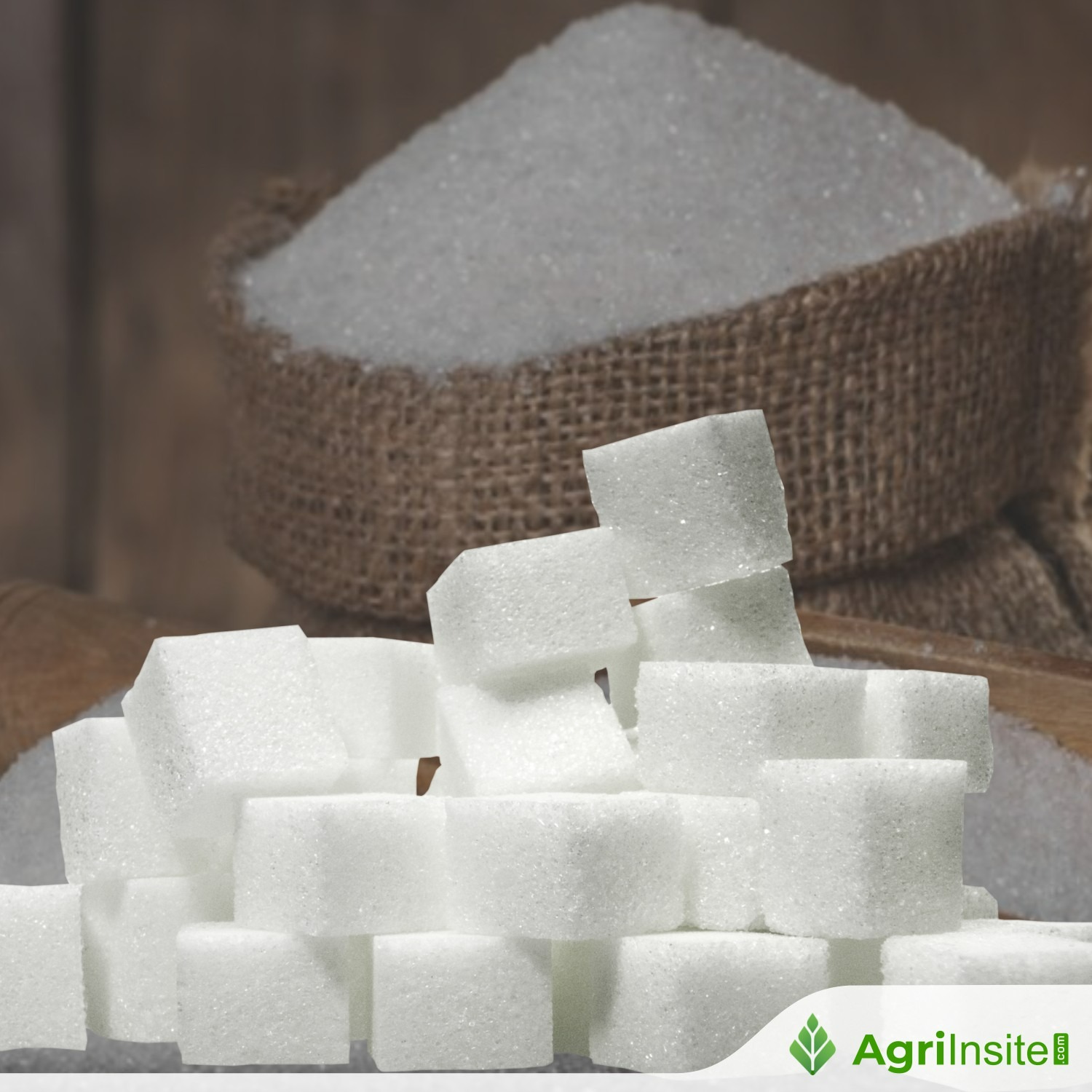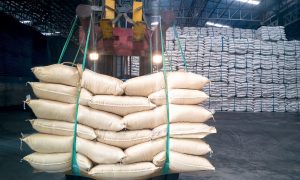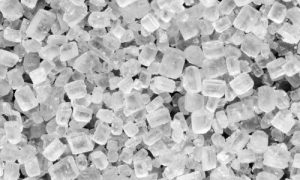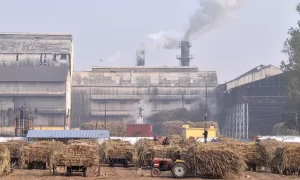India’s Sweet Spot Sours: Sugar Sector Hit by Production Dip and Cost Hike

India’s sugar output is projected to hit a five-year low in 2024-25, falling 15% to 29–29.5 million tonnes, with net output dropping further due to higher ethanol diversion. Domestic consumption will outstrip supply, pushing closing stocks near critical levels. India Ratings expects sugar prices to rise in FY26, while ethanol margins remain under pressure without price hikes.
India’s sugar industry is entering a critical period, with domestic inventories poised to plunge to near-normative levels by the end of Sugar Season 2024-25 (SS25). A comprehensive analysis by India Ratings and Research (Ind-Ra) reveals that a five-year low in sugar production, coupled with a constrained ethanol segment, is set to drive significant price hardening in the first half of fiscal year 2026. The report underscores the complex interplay of agricultural factors, government policy, and market dynamics shaping the outlook for a vital agro-commodity.
Ind-Ra projects India’s gross sugar production (before diversion) to fall by a substantial 15% year-on-year, reaching 29.0-29.5 million tonnes (mnt) in SS25 (October-September), down from 34 mnt in SS24. This marks the lowest output since SS20 and is primarily attributed to a confluence of adverse factors: a lower cane yield, a significant fall in sugar recovery, and the widespread impact of Red Rot infestation on sugarcane crops.
The net sugar production is further exacerbated by an anticipated increase in diversion towards ethanol, estimated at 3.2-3.4 mnt in SS25 (SS24: 2 mnt), following the government’s lifting of the ban on sugar diversion in August 2024. Consequently, net sugar production is expected to be a mere 26-26.2 mnt in SS25. As of mid-May 2025, cane crushing was 11% lower year-on-year (277 mnt vs. 312 mnt in SS24), with average net recovery dipping 80 basis points to approximately 9.30%.
Given higher opening stocks at the start of the season, 1 mnt of sugar was initially exported in January 2025 to manage inventory. However, with the sharp production deficit and domestic consumption of 28 mnt, Ind-Ra now believes closing stock will reduce dramatically to 5.3-5.5 mnt (SS24: 7.8 mnt). This figure hovers precariously close to the normative requirement of 5.5 mnt, signalling the first production deficit in seven to eight years and raising concerns about supply tightness.
Price Realisation and Profitability Dynamics
The reduced stock levels have already contributed to a firming of sugar prices over the past few months, a trend Ind-Ra expects to persist throughout the season and into 1HFY26. Prices were up 5% year-on-year in 1QFY26 (May 2025: INR40.3/kg), a critical factor in cushioning the impact of rising input costs on sugar companies’ profitability.
While the sugar segment continues to dominate revenue (73% in FY25), overall EBITDA margins for the sector marginally declined to around 10% in FY25 (FY24: 11%, FY23: 12%). This dip, despite robust sugar prices, is largely attributable to an increase in production costs and, crucially, a weakening in the ethanol segment.
The government has increased the Fair and Remunerative Price (FRP) of cane by 4.4% to INR355/quintal for SS26. Moreover, the State Advised Price (SAP), typically INR40-50/quintal higher than FRP and usually revised biennially, is also likely to see a 5% increase in SS26 after remaining unchanged in SS25. This incremental cost of INR1.5-2/kg in sugar production is expected to be spread across FY26-FY27. However, the anticipated strength in sugar prices due to low production is seen as a mitigating factor, limiting the adverse impact on companies’ bottom lines.
Ethanol’s Crucial Role and Policy Imperatives
The ethanol segment, accounting for 18% of total revenue in FY25, faces a critical juncture. Despite the government’s historical practice of increasing ethanol prices to incentivise production, no significant price hike was announced for ESY25 (except a minor INR1.4/lt increase for C-heavy molasses). This stagnation, combined with rising cane costs (which influence molasses transfer pricing), has eroded the competitiveness of ethanol production compared to sugar, impacting segment profitability.
Khushbu Lakhotia emphasises, “An ethanol price hike is critical to maintain the segment’s profitability, given the likelihood of a further increase in cane prices in the next sugar season.” Ind-Ra’s analysis suggests that without such an increase for ESY26, the segment’s margins will remain under pressure, potentially influencing millers’ decisions between sugar and ethanol diversion, despite the regulated nature of sugar sales.
India is on track to achieve the 20% ethanol blending target for ESY26 (November-October) in ESY25 itself, reaching 18.6% in the first six months. Ethanol demand continues its robust growth at 30%-35% year-on-year. Notably, the contribution of grain-based ethanol (primarily maize, 42% of total supply) has surged, with its share of total supply rising to 51% in ESY25. In comparison, sugar-based ethanol’s share has slumped to below 40% (from over 75% previously). This diversification of feedstock is crucial for blending targets.
Initial projections indicate a potential recovery in sugar production for SS26, contingent on the performance of the 2024 monsoon and subsequent acreage data. However, for the immediate future, robust domestic sugar prices appear to be the primary buffer against rising production costs.
Policy developments surrounding future increases in blending targets remain key to monitoring. Ind-Ra highlights that long-term growth in the ethanol program hinges on addressing challenges related to adequate feedstock availability and vehicle compatibility beyond 20% blending, particularly in light of reduced fuel efficiency at higher blending ratios. The strategic balance between supporting farmer cane prices, ensuring consumer sugar affordability, and incentivising ethanol production will be crucial in navigating the complexities of India’s sugar and ethanol ecosystem.
To Read more about Sugar Industry continue reading Agriinsite.com
Source : Rural Voice















